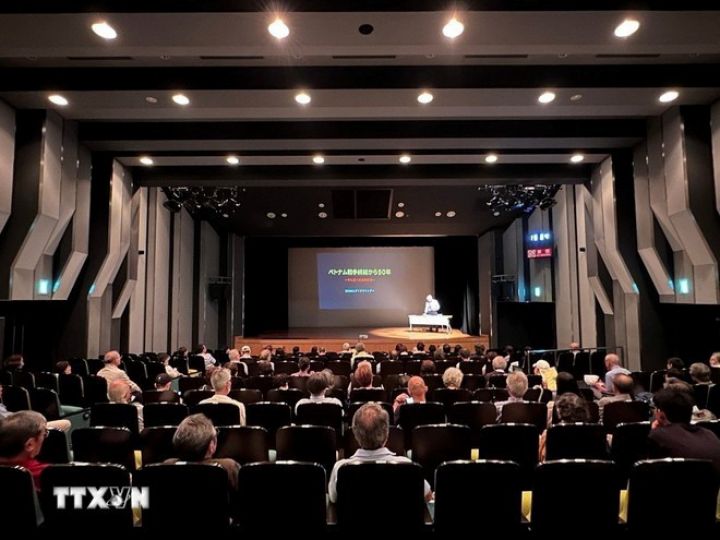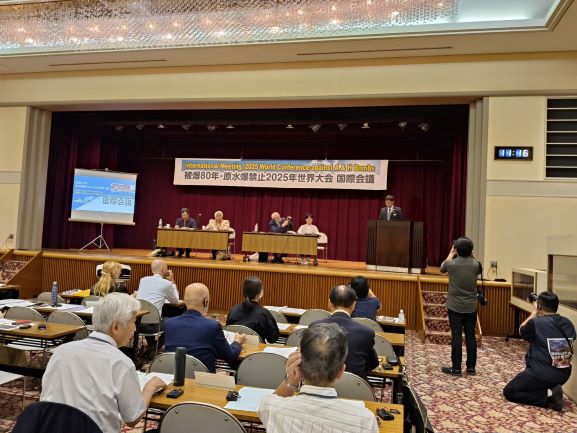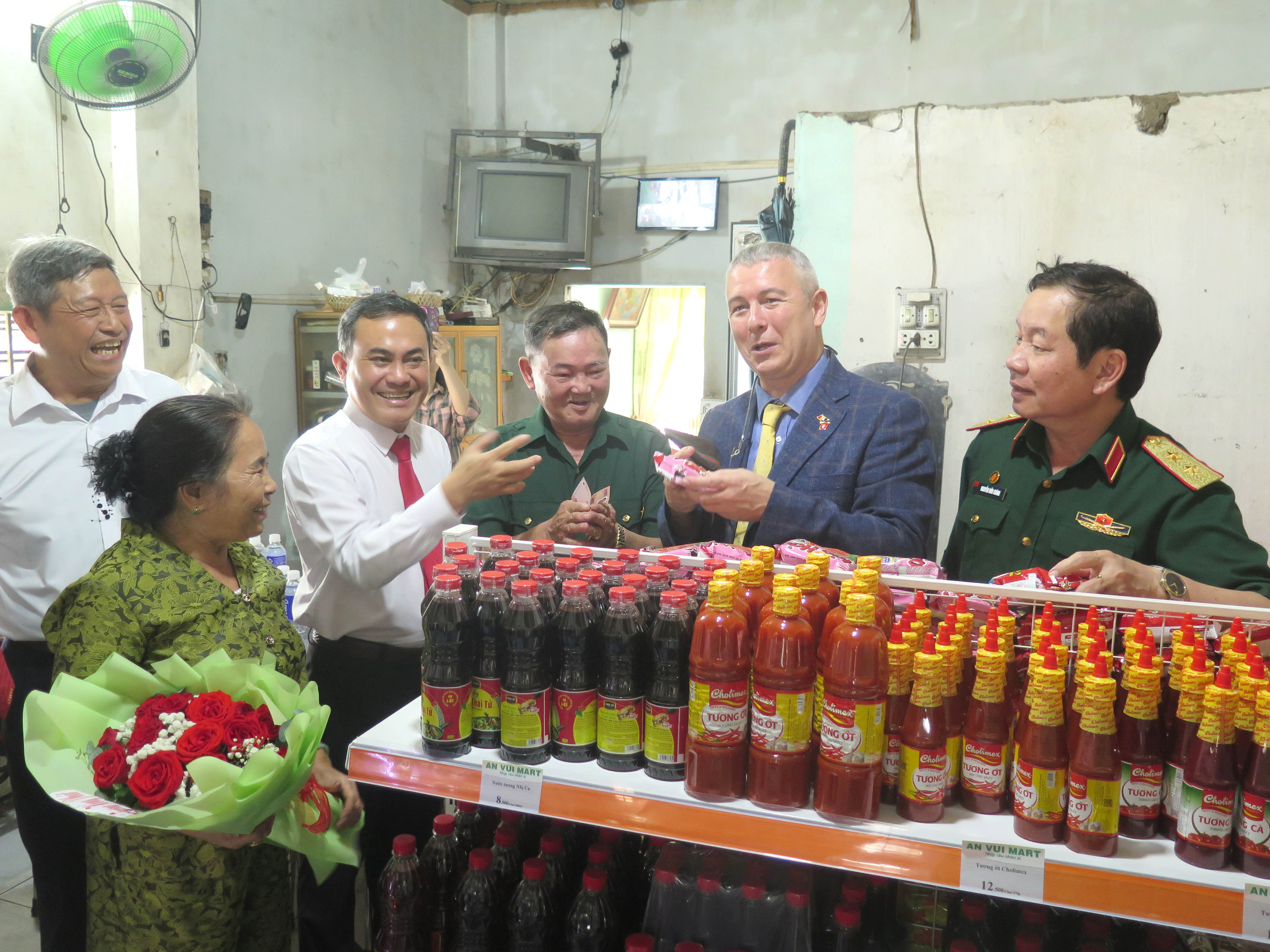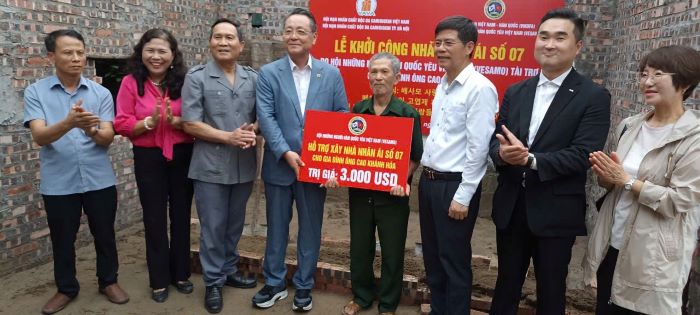January 29, 1962
Project 2R Bien Hoa-Vung Tau
Letter from Tran Huu Duc of the Office of the Ministry of Defense of the Republic of Vietnam to Lieutenant General Lionel McGarr. Chief of Mission MAAG VN: I have been informed by the General Staff/Army of the Republic of Vietnam that an agreement is necessary regarding the implementation of task 2R (destroying crops of the communists) after the end of task 20T (defoliation) carried out along Highway 15 connecting Bien Hoa and Vung Tau. I would like to inform you that the government of the Republic of Vietnam requested an operation as a means of eliminating all food crops for the communists. Instructions are to be given to the ARVN’s Air Force Staff to avoid possible collateral damage to civilian crops and also to prevent political and psychological troubles.
Optimal ratio of 2,4-D and 2,4,5-T in Agent Orange
In January 1962, the US Air Force began the practice phase of the Defoliation Program in Vietnam using Agent Purple. Then at the end of the year, a research team concluded that, with a 50/50 mixture of 2,4-D and 2,4,5-T, the most effective herbicide, Agent Orange, was produced.
Formal regulations for 2,4-D and 2,4,5-T have been drawn up and published by the military. Those regulations established the design and specific characteristics of the 2,4-D and 2,4,5-T mixtures required by the government. Such regulations were also used later as the basis for military procurement. The government also provided for manufacturers the copies of the regulations and incorporated them into Agent Orange contracts of manufacturers.
The government has also strictly regulated the marking symbols printed on manufacturers' herbicide drums. The name of the herbicide corresponds to the 3-inch (2.54cmX3) painted ring that the Government requires to appear on the outside of containers of the herbicide, each of which contains 55 gallons. In addition to the color ring, the Government prohibits manufacturers from placing any words, letters, symbols or other forms of identification on the containers.
February 2, 1962
Established the US Military Assistance Command in Vietnam (MACV).
US President John F. Kennedy signed a decree officially establishing MACV. MACV is placed under the command of the Pacific Command (CINPAC), with headquarters in Hawaii, not directly under the command of the Joint Chiefs of Staff in Washington. MACV is responsible for all aspects of US activities in Vietnam, replacing the previous Advisory and Aid Mission, which means continuing to serve as an advisory body to the ARVN and directly command the US Army in Vietnam, including: the 7th Air Force Group, the 3rd Marine Corps, the 5th Task Force, 1st and 2nd Field Forces, the 24th Military Corps and many mixed forces following pacification programs. MACV is composed of full sectors, such as: Staff, Operations, Logistics, Military Intelligence, Military Medicine, Artillery, Engineers, and Chemistry.
The chemistry sector is tasked with:
- Proposing recommendations on tactical herbicide spraying to the US Air Force First Command.
- Supervising the 12th Ranger Squadron on the mission of spraying tactical herbicides.
- Serving as an advisor to the ARVN’s Chemistry Corps.
- Developing, proposing plans and organizing apparatus for operations using chemical weapons in South Vietnam.
Memorandum of Defense Secretary McNamara to President Kennedy.
Washington, February 2, 1962.
Topic: Clearing activities in Vietnam
On January 3, 1962, the President authorized the start of limited experimental defoliation operations in Vietnam. Clearing activities were conducted from June 13-16, 1962 along Road 15 connecting Saigon and Vung Tau (32 Km). Three weeks later, some short segments in the previously sprayed section were sprayed again. Evaluation of both tests can be made only after the effects of the second application could be observed.
The Government of the Republic of Vietnam initiated a propaganda campaign in the test area. To date there have been no adverse reactions in South Vietnam regarding the defoliation activities. Reflections from non-communist countries were relatively mild. On January 21, 1962, Moscow Radio accused the US and Diem governments of using chemical weapons to destroy food in South Vietnam. Beijing Radio also mentioned this matter on January 13, 1962. From January 19 - 24, 1962, Hanoi Radio emphasized the destruction of natural resources and crops by spraying toxic chemicals. Previously, on November 6, 1961, Hanoi Radio accused the US of using chemical weapons against the Vietnamese people.
The diversity of vegetation found in Vietnam includes species that are never affected by herbicides (bamboo, pine...). We test all vegetation as well as the effectiveness of defoliation techniques on a case-by-case basis, before moving forward with a larger program.
The Pacific Commander and Chief of MAAG in Vietnam proposed expanding the pilot program to include six additional objectives. The goals are shown on the attached map:
1. The road connecting the sea to Binh Hung base which is 6.4 km long mainly consists of mangrove forest.
2. Bien Hoa airport belt. Vegetation includes trees, bushes, grass forests, bamboo and softwoods
3. Nhan Co airport belt (Quang Duc province, now Dak Nong). The vegetation here is broad-leaved, evergreen forest.
4. Thanh Tuy Ha ammunition depot belt. Vegetation consists of tropical shrubs and grasses.
5. The 15-km-section of National Highway 15. Vegetation includes shrubs, palm trees and scattered trees.
6. The 12-km-section of national highway 14. Vegetation includes evergreen tropical forest.
This pilot program recommendation has been approved by the Ministry of Foreign Affairs.
Va Va




_thumb_720.jpg)

_thumb_720.jpg)



























Comment